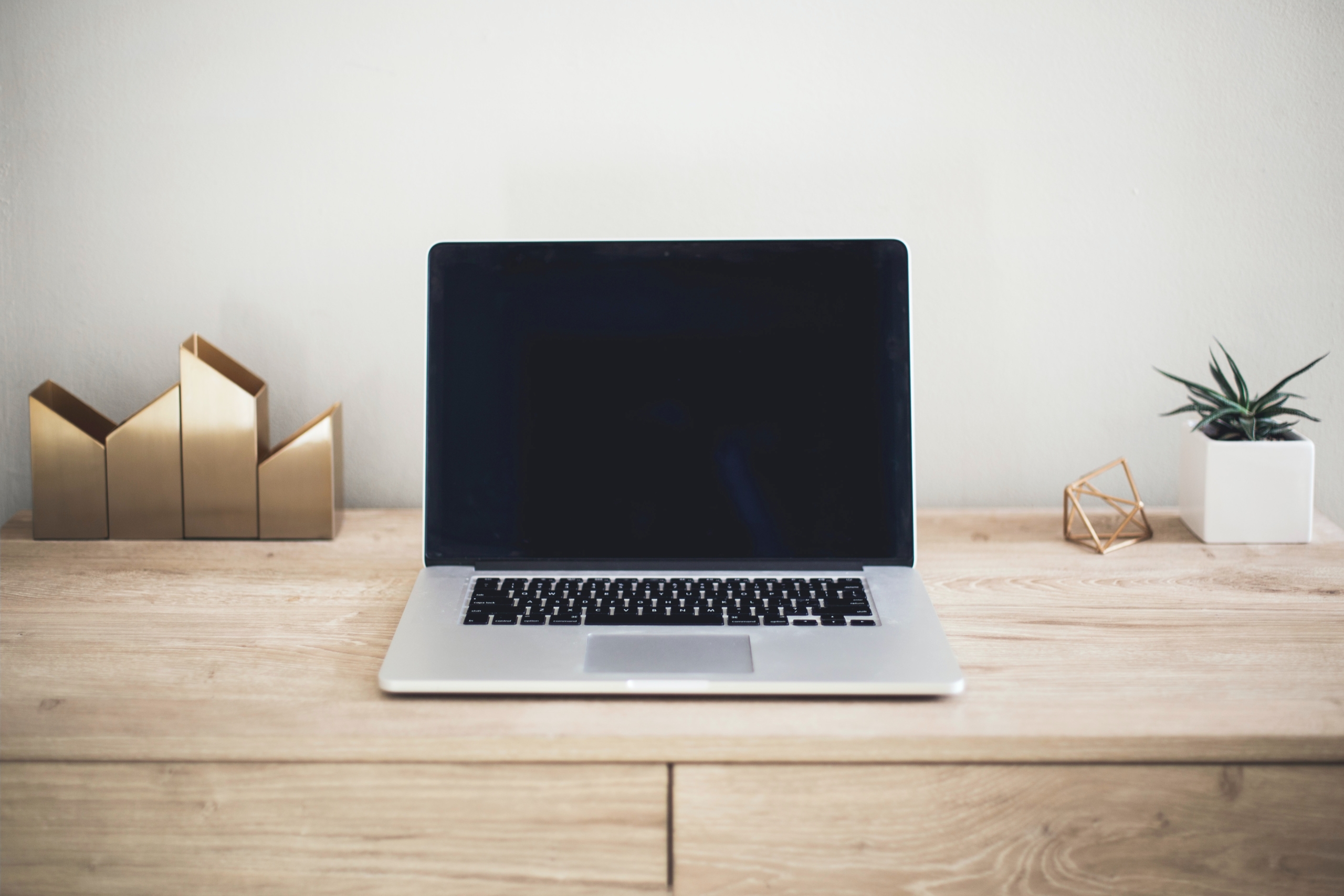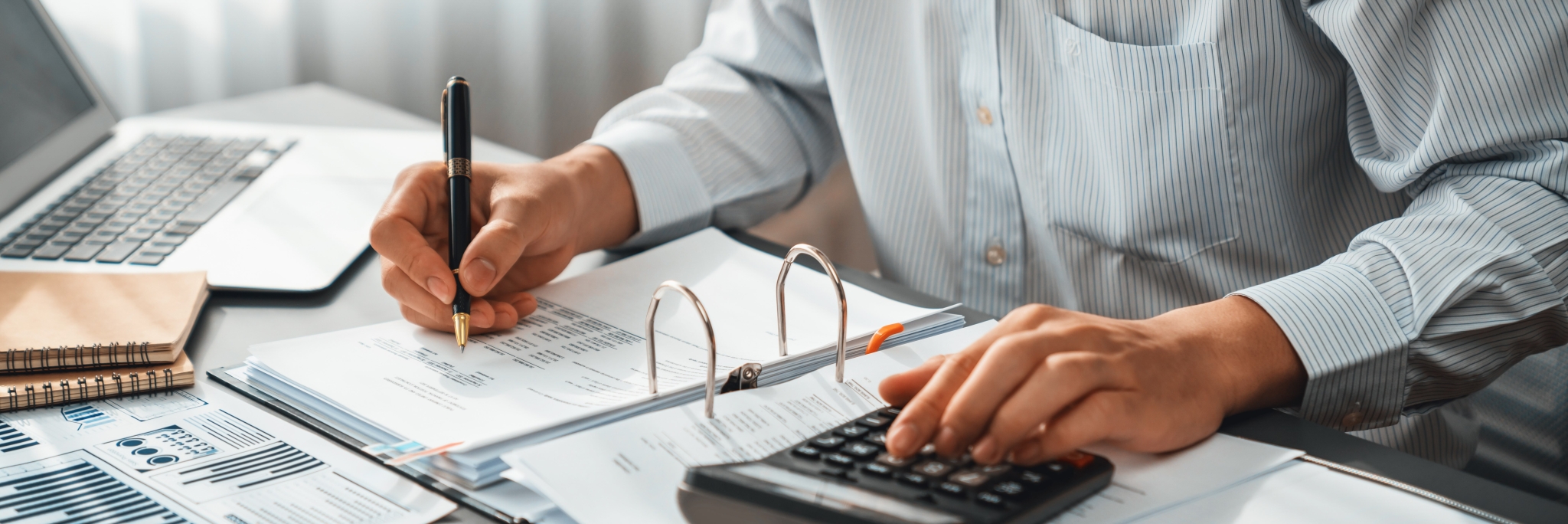Liquid assets are cash or assets that can be quickly converted into cash without losing value. They include cash on hand, checking account balances, and available funds in online payment processors like PayPal. In short, liquid assets are assets you can use immediately to pay your bills.
As a business owner, staying in control of your finances is essential. Liquid assets give you insight into your company’s ability to cover short-term obligations and maintain a healthy cash flow. In this article, we’ll define liquid assets, explain where they appear on your balance sheet, and show you how to manage them more effectively.
Table of contents:







